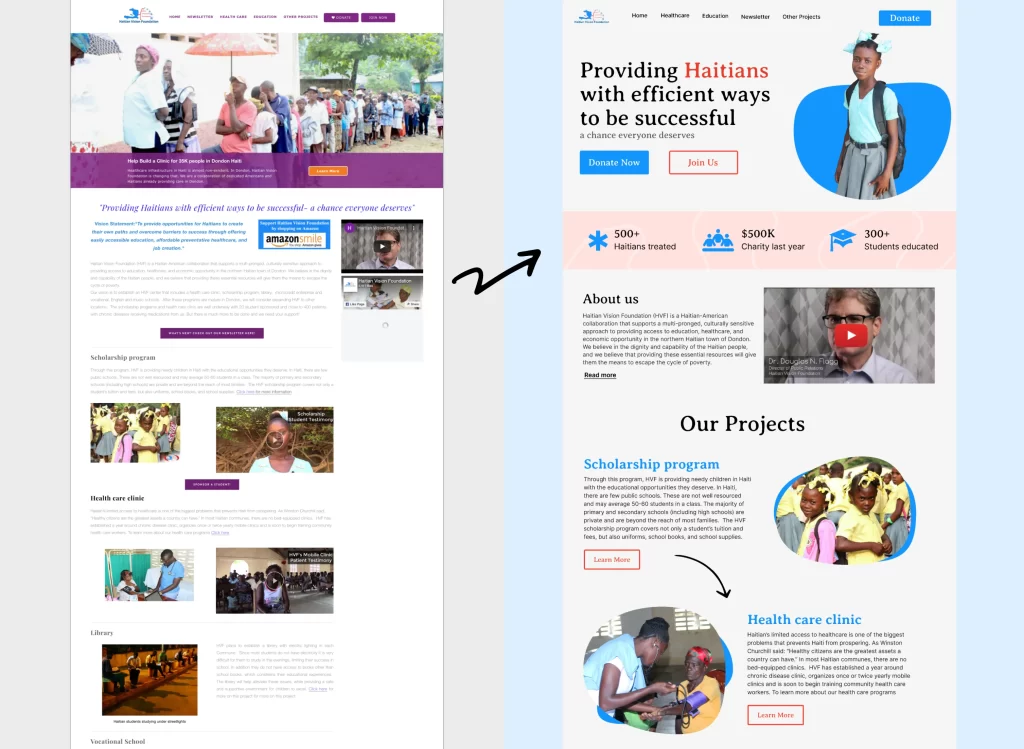Learning design, especially for beginners, can be fascinating, but it gets to a point and you wonder why the money is not looking for you. As human beings, we are always impatient with our growth journeys and ask ourselves, “WTF am I doing wrong?”
I get it; you may have started a design journey thinking it’s a quick way to join the market, but the reality is ‘mambo ni mangumu‘ especially here in Kenya. My advice, take it slow, by following the below steps:
- Learn the design basics
- Do a personal project.
- Volunteer – yeah, you heard me right
- Draft a portfolio
- Start applying for a job
The above steps may look a bit long but trust me, it’s worth it.
For this article, I’ll talk about step 3, volunteering. It’s a crucial step to test what you have learned in the real world. Yes, it may sound harsh that you are doing real work for free, but in the real sense, you are giving yourself space to identify errors before you get involved in tight contract projects that don’t give an F on mistakes.
I’ll use myself as an example; early this year, I volunteered for a UX Job through an online platform, Catchfire. I got lucky working with an organization that wanted to redesign its site.

What I learned from my volunteer work
You can’t acquire some crucial skills via books or design boot camps until you practice them in a real-life scenario; that’s when you can call yourself a UX designer. Below are a few things I Learned:
- Empathy in the real world – The first thing you usually learn in UX is that you should empathize with your users. In this project, I had a chance to put myself in the users’ shoes compared to the dummy projects I had done earlier on.
- Meeting deadlines with an agile flow – I earlier thought designers had all the time in the world to do research, design, and iterations. But in the real world, it doesn’t work like that; time = money. Managers need to review your work in advance, and developers need to implement what you work on. Instead of mentioning the submission date, It’s better to outline all the work you’ll be doing on an excel sheet and share it with your team. This will help you work in an agile process instead of waterfall.
- Communicating like a champ – Being a UX designer without communication skills is chaos. You’d work with teams from tech to managers in real projects. I learned how to compose myself whenever I got feedback on my designs and use different languages when interacting with managers and the tech team to drive a point home.
To cut it short, volunteering will help accelerate and sharpen your skills before getting into paying jobs. Also, adding a real job to your portfolio may increase your chance of getting hired. You may even get senior-level design opportunities, having attained crucial skills in volunteer jobs.
Nice, so where can I Volunteer?
My best suggestion is to check opportunities at Catchfire; they have a large pool of organizations with charming projects from design to development that can grow your career. Besides that, you can volunteer through internship opportunities shared on LinkedIn.
That’s all for now and I hope now you have a better understanding of the next step to take in your design journey.
Cheers ✌️
